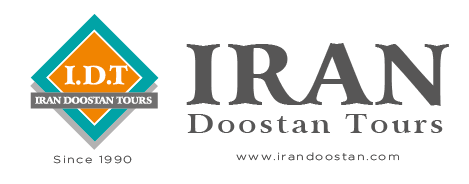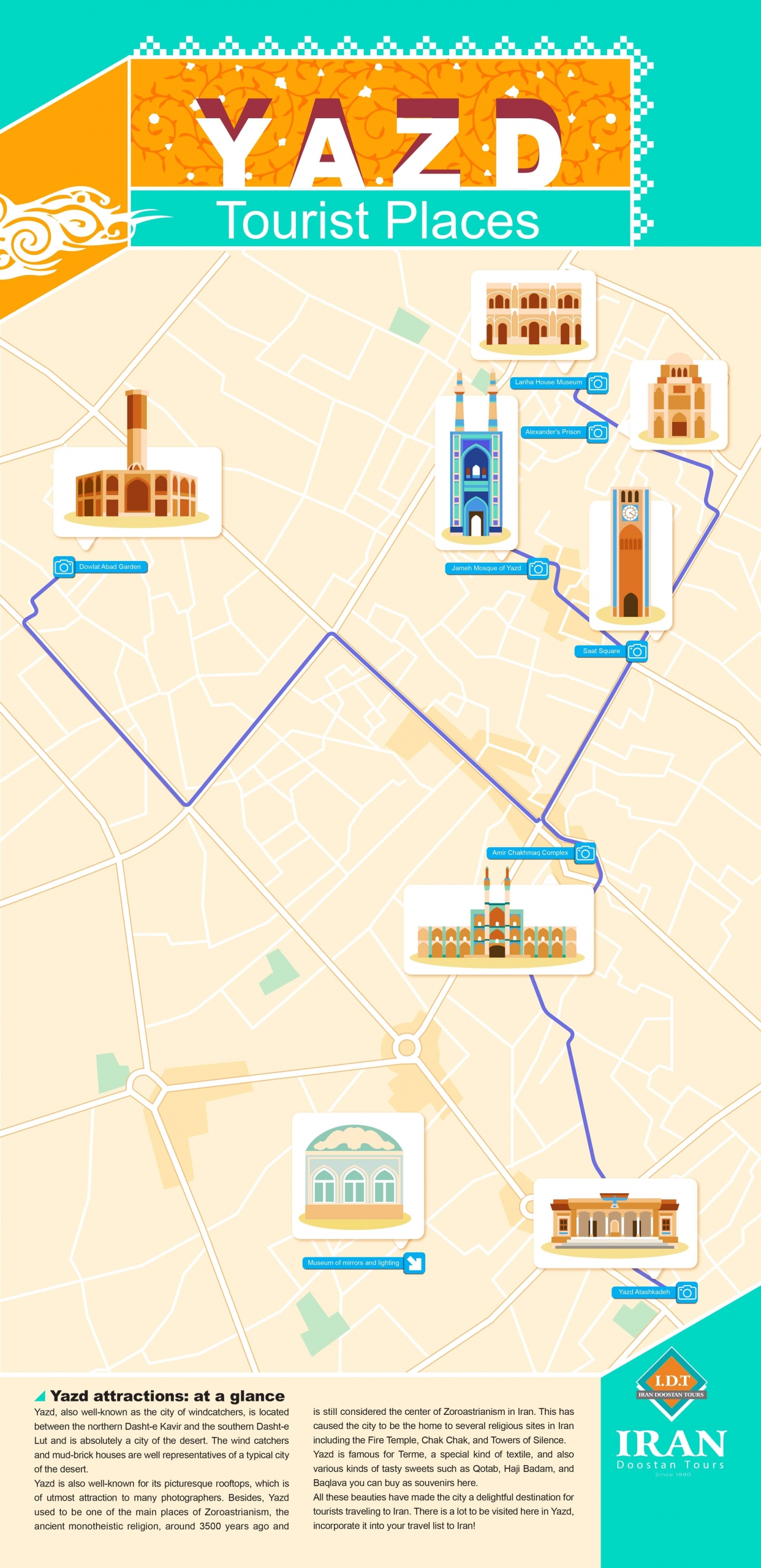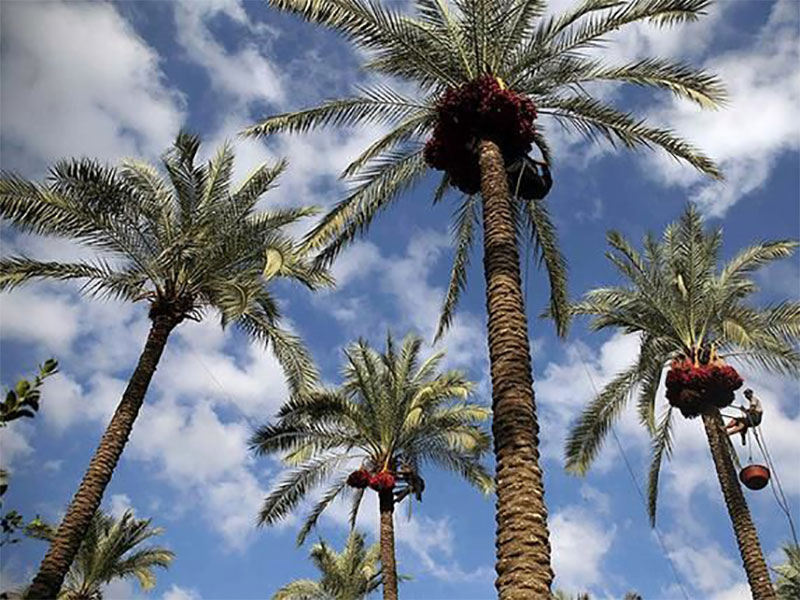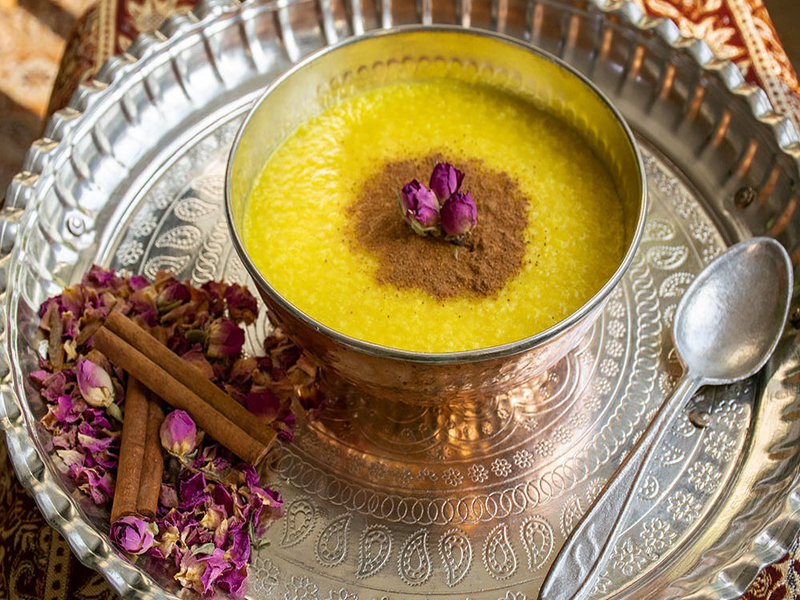Traveling to Iran during Ramadan offers an opportunity to see a different side of Iranians’ lifestyle such as serving Iftar, religious gatherings in public places, and Iranian nightlife.
What is the philosophy behind Ramadan?
You might have heard that ” Ramadan is all about losing Sins not weight“! well, during this month Muslims are supposed to fast from dawn to dusk, by avoiding food, drink, false words, evil intentions, bad thoughts, and behavior. It is considered a discipline to practice morality, introspection, and self-transformation; it is also meant to evoke a feeling of deeper sympathy with the deprived people. Muslims believe by reading Quran, praying, and practicing fasting, God will forgive their past sins and by the end of this month, they are prepared to start a new life with a purified nature. Everyone except the children, the people with medical conditions, the pregnant women, and the travelers are supposed to follow this Islamic rule which would result in a new lifestyle during this month in Islamic countries including Iran. During this month each Islamic country offers its own traditions, foods, and lifestyle. But, how is Ramadan in Iran?
How do Iranians’ lifestyle change During Ramadan?
Practicing all the obligatory Islamic rituals during Ramadan would certainly affect people’s lives in various ways. Even if you are not fast, you are not allowed to eat and drink in public from sunrise to sunset. So, if you travel to Iran during Ramadan, you should be aware of this rule, otherwise, you will be caught by the police.
Instead, the nightlife during the Holy Month is quite fascinating. All coffee shops, restaurants, and even cinemas would start working in the evening. So, it is the right time when people start going out, and the whole city witnesses a lively atmosphere all through the night and does not sleep!
The exact opening hour of Café and restaurants depends on the season during Ramadan, however, it is sometime around sunset!
Working hours for other businesses and companies including public places such as banks, also change. It starts an hour later than the usual time, which is often 8:30 instead of 7:30 in the morning.
Ramadan Events
There are some holy events and rituals, aiming either to celebrate or commemorate special days of this month.
Beginning of the Month
Ramadan month begins and ends with the appearance of the new moon. By the beginning of the month, people prepare themselves to stay awake at night for praying and eating a small portion of food just before dawn.
Qadr Nights
It is believed among the Muslims that God revealed the Quran to Prophete Mohammad to guide his followers. Ramadan Month is meant to commemorate the first revelation which was sent down on Laylat al-Qadr. So, the night is of particular spiritual significance to the Muslims.
Muslims try to stay awake overnight for praying and there are special rituals in all mosques around Iran.
It is also believed that the whole faith of people for the next year is determined on this night. So, people especially pray for their families and themselves to be healthy and happy in the coming year.

Qadr nights in Ramadan are of particular spiritual significance to Muslims.
Eid-al Fitr
By the end of Holy Ramadan, Muslims celebrate their spiritual rebirth and thank God for a whole month of precious praying. Although Eid al Fitr is only one special day, it involves different duration in various Islamic countries. Officially, Eid-al Fitr involves a two-day holiday in Iran, and people celebrate with a special praying in the morning of Eid and continue with having an elaborate breakfast with their family and also paying some visits to their friends and relatives.
Having the sunset prayer, Muslims break their fast with a meal called Iftar. It often begins with dates and milk, and some other traditional Iranian foods during Ramadan. Although traveling to Iran during Ramadan imposes some restrictions on eating and drinking during day hours, it would be a good opportunity to test varieties of delicious Iranian foods particularly prepared for Iftar. And the great point about Iranian food is its portion size which happens to amaze many tourists!

This is a typical Iranian Iftar during Ramadan.
Iranian traditions During Ramadan
There used to be some traditions practiced by Iranians during Ramadan which have disappeared now due to the spread of technology and media; the most interesting one is making a sound with drums in the predawn hours to wake the neighbors up for Sahari, the meal Muslims have before the dawn to start their fast.
Another lovely tradition is inviting friends and relatives for Iftar during this month which is still practiced by many Iranians. They usually enjoy having Iftar together in the evening.
Tips for traveling to Iran during Ramadan
You may not be capable of traveling to Iran this year, but here are further tips for tourists having a call for traveling to Iran during Ramadan:
The tourists are not expected to fast or follow Islamic practices, but they are expected to respect the Iranian Muslims’ rituals by refraining from eating, drinking, and smoking in public during the day. However, some restaurants and fast-food outlets, especially restaurants and cafes in hotels, highways, airports, railways, and bus stations are open; so, they can have meals there. Some fast-food chains offer takeaway food as well. So, do not be afraid of traveling to Iran during Ramadan!
Moreover, many tourist sites are open during the day except for special events such as the martyrdom anniversary of Imam Ali on the 21st of Ramadan. There is no need to worry about changing your travel itinerary during Ramadan.
Are you planning to travel to Iran? Check out our Iran tours.





































